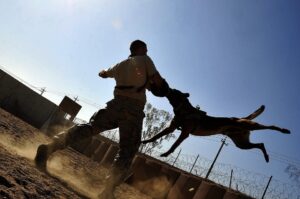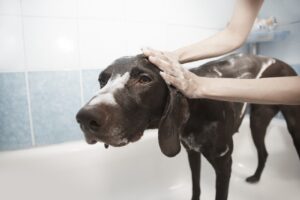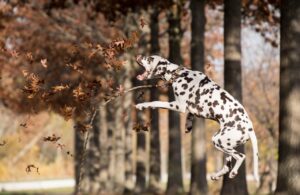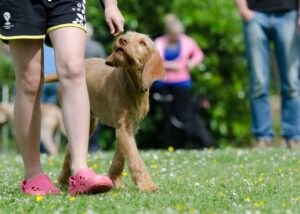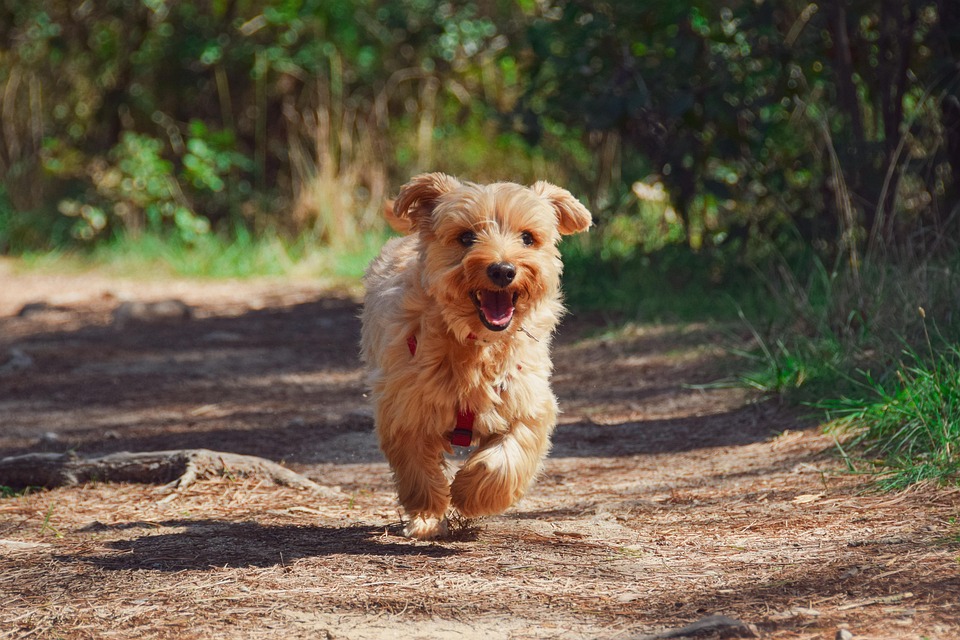
Bringing a new puppy into a home that already has a resident dog can be an exciting yet delicate situation. Introducing a puppy to an older dog requires careful planning and understanding of canine behavior to ensure a smooth transition and a harmonious household. This guide will help you navigate the introduction process, providing tips and strategies to foster a positive relationship between your new puppy and your older dog.
Understanding Canine Behavior
Before diving into the introduction process, it’s crucial to understand some basic canine behavior principles. Dogs are pack animals, and introducing a new member can challenge the existing social structure. Older dogs, in particular, can be set in their ways and may feel threatened or stressed by a new arrival. Recognizing these dynamics will help you manage the introduction process more effectively.
Body Language
Pay attention to the body language of both dogs. Signs of stress or aggression in dogs include raised hackles, growling, baring teeth, stiff body posture, and intense staring. On the other hand, relaxed body language, wagging tails, and play bows indicate a willingness to interact peacefully.
Establishing Hierarchy
Dogs naturally establish a hierarchy, and your older dog may feel the need to assert dominance over the new puppy. It’s important to allow this hierarchy to develop naturally while ensuring that interactions remain safe and controlled.
Preparation Before the Introduction
Preparation is key to a successful introduction. Taking the time to plan and prepare will set the stage for a smooth transition.
Assessing Your Older Dog’s Temperament
Understand your older dog’s temperament. If your older dog has a history of aggression or anxiety, you may need professional guidance from a dog behaviorist or trainer. Knowing your older dog’s comfort level with other dogs can help you anticipate potential challenges.
Setting Up a Neutral Meeting Space
Choose a neutral space for the introduction, such as a local park or a friend’s backyard. Meeting on neutral ground minimizes territorial behavior from the older dog and provides a fresh environment for both dogs to explore. Make sure the area is secure and free from distractions.
Gathering Supplies
Ensure you have the necessary supplies for the introduction, including leashes, treats, toys, and water. Having these items on hand will help manage the dogs during the introduction and provide positive reinforcement.
The Introduction Process
The actual introduction should be gradual and controlled. Rushing the process can lead to stress and negative associations between the dogs.
Initial Meeting
Begin the introduction with both dogs on a leash, held by separate handlers. Allow them to observe each other from a distance, gradually decreasing the space between them. Watch for positive body language, such as relaxed postures and wagging tails.
Parallel Walking
Once the dogs seem comfortable observing each other, engage in parallel walking. Walk the dogs side by side, maintaining a safe distance, and gradually bring them closer. This activity helps them get used to each other’s presence without direct interaction.
Controlled Interaction
If the parallel walking goes well, allow the dogs to engage in a controlled, on-leash interaction. Keep the leashes loose to prevent tension and allow the dogs to sniff and explore each other. Monitor their behavior closely and intervene if signs of stress or aggression appear.
Ensuring a Smooth Transition
Even after a successful initial introduction, it’s important to continue supporting a smooth transition as the dogs adjust to living together.
Managing Resources
Resource guarding can be a common issue when introducing a new dog. Ensure each dog has its own food and water bowls, toys, and sleeping areas to minimize competition and potential conflicts.
Supervised Interactions
Continue to supervise interactions between the dogs, especially during the first few weeks. Gradually increase the duration and frequency of their time together, ensuring that positive interactions are reinforced with treats and praise.
Training and Socialization
Maintain consistent training and socialization for both dogs. Reinforce basic commands and reward good behavior. Engaging in training sessions together can help build a bond and establish a sense of routine.
Addressing Challenges
Despite careful planning, challenges may arise during the introduction process. Being prepared to address these challenges is crucial.
Aggression and Fear
If either dog shows signs of aggression or fear, separate them immediately and allow them to calm down. Consider seeking the assistance of a professional trainer or behaviorist to address these issues.
Health Concerns
Monitor both dogs for signs of stress-related health issues, such as changes in appetite or behavior. Ensure both dogs are up-to-date on vaccinations and have received a clean bill of health from a veterinarian before the introduction.
Conclusion
Introducing a puppy to an older dog is a process that requires patience, understanding, and careful planning. By following these guidelines, you can facilitate a positive introduction and foster a harmonious relationship between your new puppy and your older dog. Remember to be patient and allow the dogs to develop their relationship at their own pace, ensuring a happy and peaceful household for all involved.
#ChatGPT assisted in the creation of this article.




